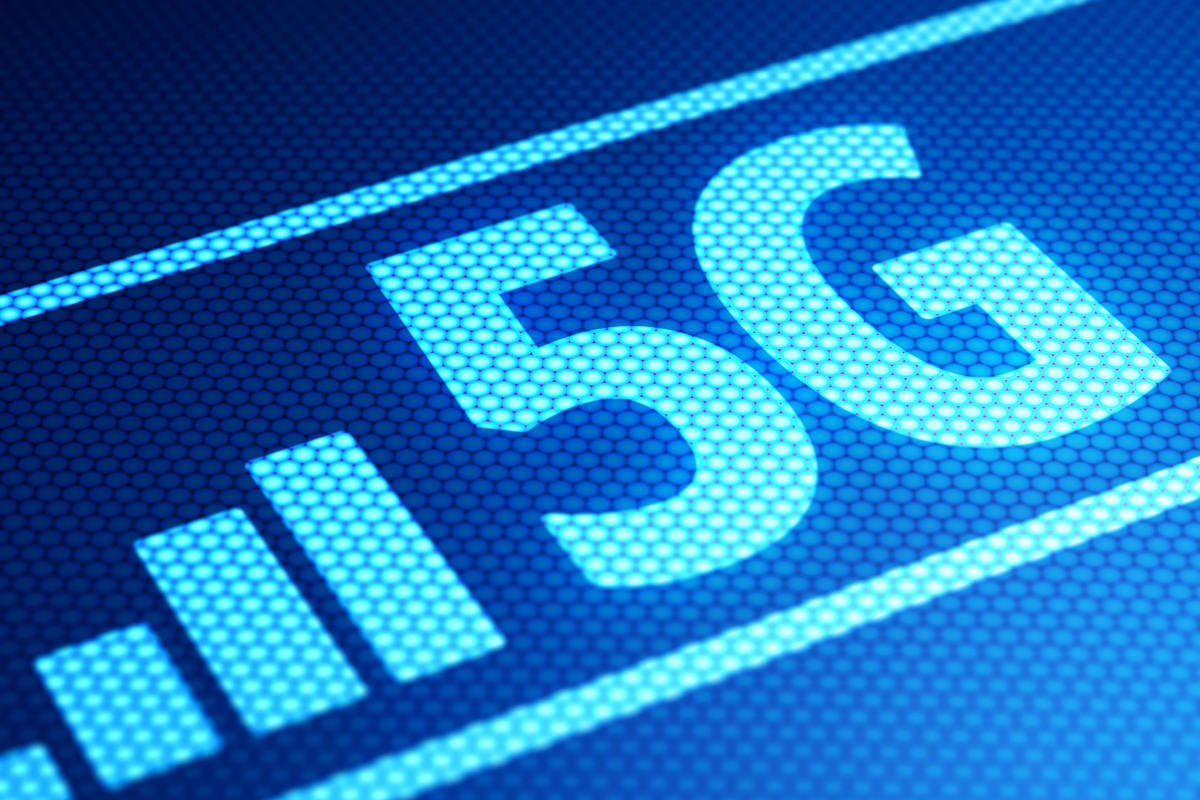As the Middle East and Africa region races towards commercial 5G services, Ericsson achieved significant milestones with leading service providers on the road to making 5G a reality.
During 2019, Ericsson Middle East and Africa announced seven commercial 5G agreements with operators in different countries: Etisalat UAE, Ooredoo Qatar, STC Saudi Arabia, Zain Bahrain, Batelco Bahrain, MTN South Africa and Mobily.
On a global level, to date, Ericsson signed 78 commercial 5G agreements or contracts with unique operators, of which 24 are live networks with Middle East and Africa region contributing to around 29%.
In the MEA region, Ericsson has already cemented its 5G leadership position during 2019 by implementing the 5G networks and by improving our customers’ network capabilities in both 4G and 5G.
With the advent of high speed and low latency dependent applications like Virtual Reality, Augmented Reality as well as industrial automation; Ericsson is among first to market with solutions to enable today’s networks to evolve smoothly to support them via next generation “5G” networks.
The benefits of 5G’s high speeds, low latency, and superior reliability will make a real difference. Preparing for these 5G opportunities is a must for service providers. In fact, service providers in the MENA region can target a potential revenue opportunity from USD 15.18 billion to USD 45.91 billion by 2030 provided they adapt their business model to become service enablers and creators.
With consumer and personal communication-centric commercial 5G networks already live, the next wave of 5G expansion will allow businesses to digitalize with more mobility, flexibility, reliability, and security – taking IoT and industrial applications to never-before-seen levels.
Industry digitalization opens new opportunities for service providers to build and extend their businesses beyond connectivity. The 5G-IoT landscape offers enormous potential but is complex to navigate and demands a comprehensive understanding of the different driving forces and barriers for different industries in focus. The probability to be successful in capturing parts of this potential is higher in the next 5-7 years when roles and market shares are established rather than later. First mover’s advantage is clear. Addressing these opportunities could enable service providers to unlock additional revenue streams of up to 35 percent, on top of the current scope of business by 2030.
Ericsson’s standalone 5G solutions ensures super-fast response times as well as the future-readiness of the network architecture, opening up new service-creation opportunities. The new solutions extend network capacity and capability, enabling smooth network evolution, and facilitating new consumer and industry use cases.
In addition, existing Ericsson Radio System portfolio is ready to enable 5G New Radio capability through remote software installation. This applies to more than 150 different radio variants in more than 190 networks around the world.
Ericsson is also evolving its cloud solution with an offering optimized for edge computing to meet user demand. This will enable service providers to offer new consumer and enterprise 5G services such as augmented reality and content distribution at low cost, low latency, and high accuracy.
As we turn towards 2020, we can say for certain that 5G will take off.




